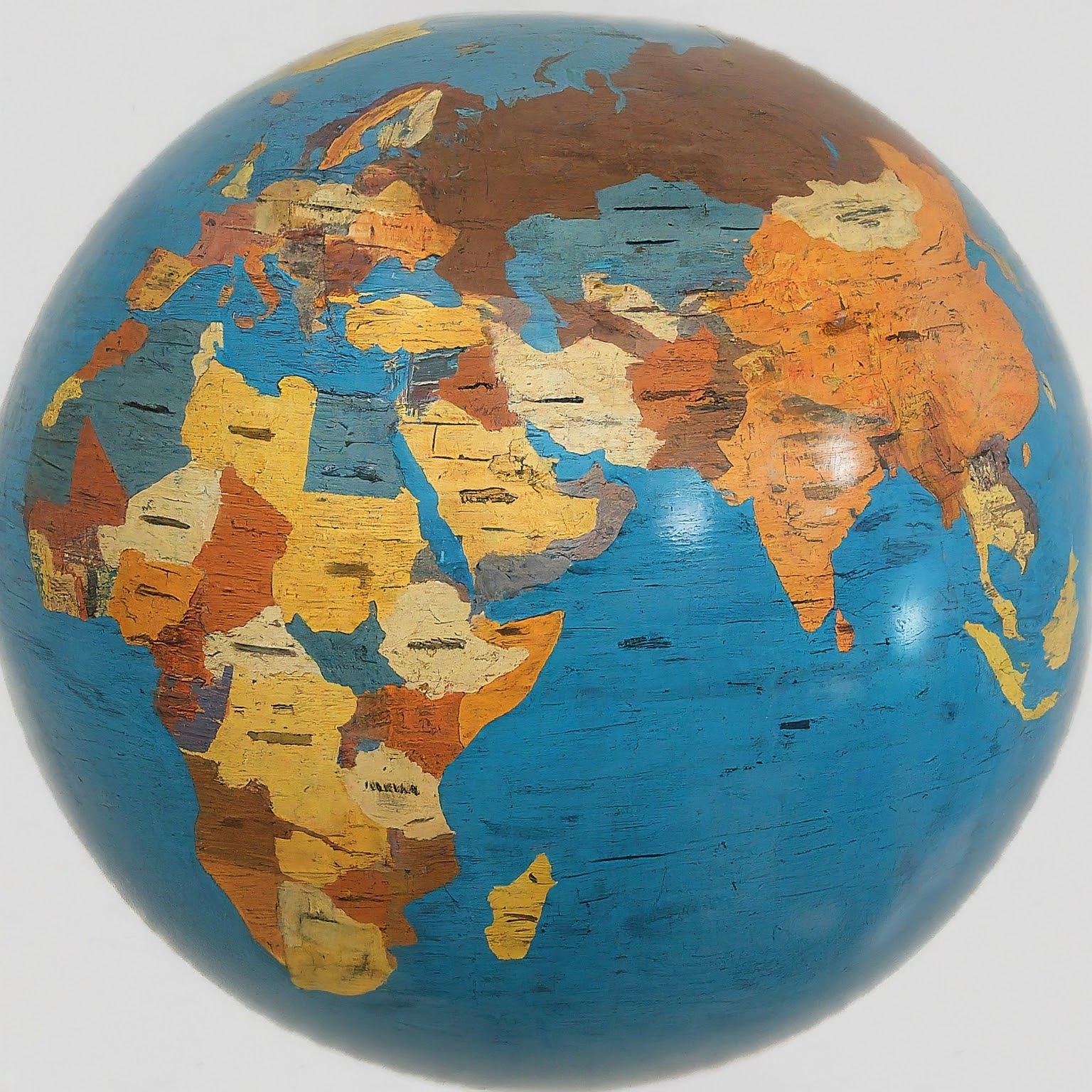When you encounter a phone number prefixed with +91, you’re not just dialing a random sequence of digits – you’re connecting with the vibrant and culturally rich nation of India. The 91 country code is the telephonic gateway to a land of diverse landscapes, traditions, languages, and innovations. This exclusive article delves into the significance of the 91 country code, the unique phone number structure within India, and the cultural nuances that make communication in this part of the world a fascinating experience.

The 91 Country Code: India’s Numeric Identity
Assigned by the International Telecommunication Union (ITU) in the 1960s, the 91 country code is India’s unique identifier in the global telecommunications network. It’s a mandatory prefix for all international calls made to India, ensuring seamless connectivity across borders. Whether you’re dialing a mobile or landline number within India, the +91 prefix is your starting point.
Understanding India’s Phone Number Structure
Within the 91 country code, India’s phone numbers follow a structured format:
+91: The country code for India.
XXXX: A four-digit telecom circle code or mobile network operator code. This was previously based on geographic regions but has become more flexible with mobile number portability (MNP).
NNNNNN: A six-digit subscriber number unique to each individual or organization.
Mobile vs. Landline Numbers in India
India’s phone number system distinguishes between mobile and landline numbers:
Mobile Numbers: Typically start with the digits 6, 7, 8, or 9, followed by the remaining eight digits. Mobile number portability allows users to switch operators while retaining their original number.
Landline Numbers: Begin with two to four-digit area codes, followed by six to eight-digit subscriber numbers. Area codes are generally associated with specific cities or regions.
The Impact of Mobile Number Portability (MNP)
Introduced in 2011, Mobile Number Portability (MNP) revolutionized India’s telecom landscape. It allows subscribers to switch operators without changing their phone numbers. This has fostered competition among providers and empowered consumers to choose the best services and plans.
Cultural Nuances of Communication in India
Understanding the cultural context is crucial for effective communication in India. Here are some key points to consider:
Greetings: Start conversations with a respectful “Namaste” (hello) or “Namaskar” (respectful greeting), especially when interacting with elders or in formal settings.
Language: While English is widely spoken and understood in business and urban areas, India has a vast linguistic diversity. Learning a few phrases in the local language can go a long way in building rapport.
Formality: Addressing individuals with appropriate titles (Mr., Mrs., Ms., Dr.) and using formal language is customary in professional settings.
Time Sensitivity: While punctuality is valued, flexibility is also appreciated, especially in social contexts.
Non-Verbal Communication: Pay attention to non-verbal cues like facial expressions, gestures, and body language, as they often convey important messages.
The Rising Importance of Digital Communication
India has witnessed an exponential growth in digital communication, fueled by the proliferation of smartphones and affordable internet access. Platforms like WhatsApp, Facebook Messenger, and other social media apps are integral to daily communication for millions of Indians. This digital shift has transformed the way people connect, share information, and conduct business in the 91 country.
The 91 Country Code: Beyond Phone Calls
The 91 country code is not limited to traditional phone calls. It’s also used for SMS (text messages), international mobile top-ups, and various online services that require phone number verification. This underscores the growing significance of this code in the digital age.
Challenges and Opportunities in India’s Telecom Sector
India’s telecommunications sector is dynamic and faces both challenges and opportunities:
Challenges: The vastness of the country, varying infrastructure development, and diverse regulatory landscape present challenges for seamless connectivity.
Opportunities: The increasing adoption of smartphones, rising demand for data services, and government initiatives like Digital India present immense growth potential for the sector.
The 91 Country Code in the Global Context
India’s 91 country code is recognized worldwide as a symbol of a nation that is rapidly emerging as a global economic and technological powerhouse. With a burgeoning tech industry, a vast pool of talent, and a thriving startup ecosystem, India is making its mark on the international stage.
In Conclusion
The 91 country code is more than just a numerical prefix; it’s a portal to a nation brimming with cultural richness, technological innovation, and economic potential. By understanding the nuances of India’s phone number system and the cultural context of communication, you can navigate this diverse landscape with confidence and forge meaningful connections. Whether you’re a business exploring opportunities or an individual seeking to connect with loved ones, the 91 country code is your gateway to the heart of India.


